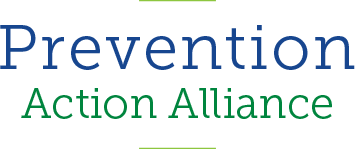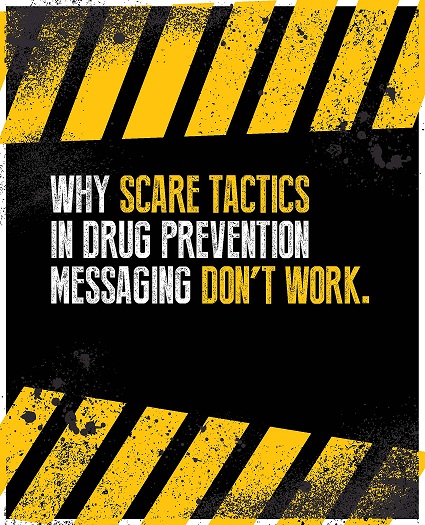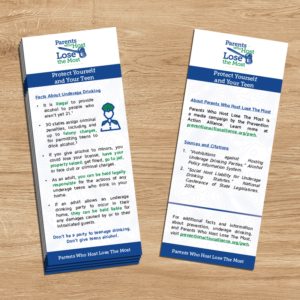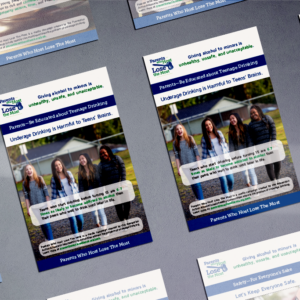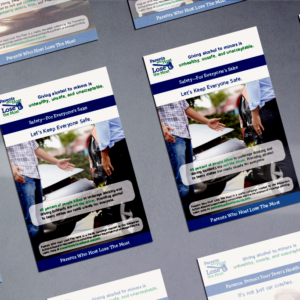Scare Tactics Booklet – Package of 50
$75.00
When you think about prevention, you may think about mock car crashes, scary PSAs, and printed materials that connect drug use with death. You may even think of specific examples of these appeals to fear—reefer madness in the 1930s, the fried egg commercials of the 1980s, or even recent images of people slumped over because of an overdose. These scare tactics appeal to adults who think “if kids saw what could happen, they’ll know not to mess with these drugs.” However, scare tactics have been proven to be ineffective with teenagers. When drug prevention messages emphasize the worst possible outcomes of drug use, like a car crash or overdose, teens are quick to dismiss these warnings when they notice that their friends who use drugs don’t suffer these negative consequences. Furthermore, teens process information differently than adults. Where our fully developed brains think that we should avoid using drugs because of what could happen to us, adolescent brains tune out scary messages to protect themselves and their sense of invulnerability. Worst yet, teens who are attracted to risky situations may be attracted to drugs when those drugs are portrayed as scary things.
Despite this body of research, well-meaning people spend hours of time and energy and millions of dollars on prevention messages that are likely to have no impact on the people they intend to serve. In fact, they could backfire and make things worse. Why Scare Tactics Don’t Work in Prevention Messaging explains the research behind effective and ineffective messaging in prevention. As a resource guide, it’s intended for new and experienced preventionists, whether they’re part-time, full-time, or volunteers.
Only 4 left in stock
